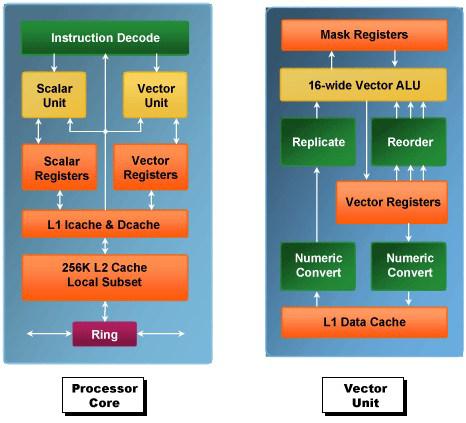Filed under: Investing
There is logic to the suggestion that Apple needs to break down the walls to its closed garden. If Apple is a devices and services company, as it claims, the company's lack of dominance in the smartphone business is hindering its growth. However, you're not going to hear someone say that Apple needs to sell cheaper products. Instead, Apple needs to sell its products on other platforms.
The Android and Windows Phone problem
You could easily make the argument that there are three huge companies fighting for the future of computing. Apple is an obvious entrant with the popularity of its iPhone, iPad, Mac, and iTunes lineup.
Google , with its Chromebooks and Chromeboxes, the Nexus lineup and Android, is a natural competitor. Though some thought the company was permanently left behind, Microsoft has emerged as the clear third system with Windows 8, Surface revenue jumping 123%, the hit Xbox lineup, and Windows Phone taking third place in global smartphone sales.
The problem facing Apple is, according to Strategy Analytics, that the global smartphone market grew by 41% in 2013, while Apple's shipments grew by just 13%. Android and Windows Phone, on the other hand, grew their shipments by 62% and 90%, respectively. With Android and Windows gaining market share, and Apple losing it, Apple may need to release its tight grip on the company's software and services.
Google almost has it
Google is almost perfectly positioned to allow users access to its offerings on all three major platforms. The company's apps are largely present on Android and Windows Phone, as well as iOS.
There are a few exceptions, like no official Google+ app for Windows Phone, and no official YouTube app for Windows desktop store, but there are workarounds. With Google Play generating part of the $1.6 billion in revenue from Google's other division, and a 99% growth rate in revenue, the company has the three big operating systems covered.
Microsoft is coming up fast
Though it would have been unthinkable a few years ago, Microsoft has realized that it can't just offer proprietary software on Windows systems. The company offers Office for Android and iOS, and there are rumors that Office for iPad is coming soon.
Though Windows Phone only carries about 3.6% of the global smartphone market, the system grew shipments faster than many others and took market share. Microsoft's decision to make its OneNote software free across all major operating systems is just the latest salvo in the company's push to become a devices and services company.
With almost half of Microsoft's revenue generated by corporate sales, and another roughly 25% generated from devices and consumer hardware, the company is less reliant on traditional Windows sales than before.
Apple...not so much
Unlike Google, which makes its services and software available everywhere, or Microsoft, which is moving that way, Apple has almost no official apps on either Google Play or the Windows Store.
With 56% of the company's revenue generated by the iPhone, and another 20% from the iPad, maybe Apple doesn't think it needs diversity to its revenue stream. However, its fastest growing unit is actually iTunes, which generated over $4 billion in revenue and grew by 19% last quarter.
If Apple's hardware is good enough to compete against other devices, it should be able to compete even if the company's services are available on other operating systems. To help drive iTunes revenue and diversify Apple's revenue stream, it's time for the company to offer iTunes on both Android and Windows platforms.
Conclusion
Millions of users love the iTunes store to purchase music, videos, and more, and not making an official iTunes app for Android or Windows Phone is shutting out a tremendous opportunity.
Though this probably sounds like heresy to many Apple fans, it really isn't. When more than 82% of the global smartphone market uses your competitor's OS, you either adapt or you don't. This would be a bold move and could lead investors to reexamine Apple's growth potential. For a stock that seems to be looking for a catalyst, this could be exactly what investors are hoping for, even if they don't know it yet.
The biggest thing to come out of Silicon Valley in years
If you thought the iPod, the iPhone, and the iPad were amazing, just wait until you see this. One hundred of Apple's top engineers are busy building one in a secret lab. And an ABI Research report predicts 485 million of them could be sold over the next decade. But you can invest in it right now... for just a fraction of the price of AAPL stock. Click here to get the full story in this eye-opening new report.
The article It's Time for Apple to Support Android originally appeared on Fool.com.
Chad Henage owns shares of Apple and Microsoft. The Motley Fool recommends Apple and Google. The Motley Fool owns shares of Apple, Google, and Microsoft. Try any of our Foolish newsletter services free for 30 days. We Fools may not all hold the same opinions, but we all believe that considering a diverse range of insights makes us better investors. The Motley Fool has a disclosure policy.Copyright © 1995 - 2014 The Motley Fool, LLC. All rights reserved. The Motley Fool has a disclosure policy.
Read | Permalink | Email this | Linking Blogs | Comments












 Source: Wikimedia
Source: Wikimedia









